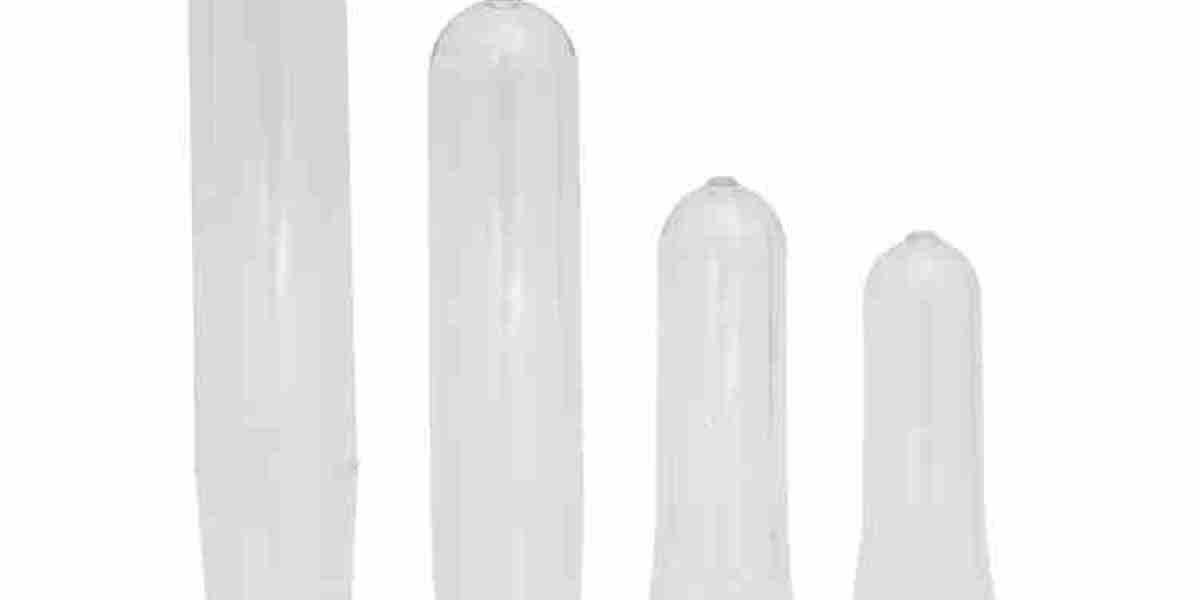The food industry relies heavily on packaging to ensure that products remain safe, fresh, and appetizing during storage and transport. High barrier bags are a crucial packaging solution for preserving the quality of perishable foods, such as dried goods, snacks, frozen items, and even fresh produce. These bags help protect food from environmental elements that can affect flavor, texture, and overall safety, making them an indispensable component in food packaging.
One of the key benefits of high barrier bags in the food industry is their ability to protect against moisture and oxygen. Moisture is one of the leading causes of food spoilage, as it can lead to the growth of mold or bacteria, which compromise food safety. By incorporating materials like aluminum foil into the bags, manufacturers can prevent moisture from entering and affecting the contents. Oxygen, on the other hand, accelerates the degradation of fats and oils in foods, causing rancidity and loss of flavor. High barrier bags help to seal out oxygen, extending the shelf life of products like chips, nuts, and processed meats.
In addition to moisture and oxygen, high barrier bags also provide protection against light, which can cause certain foods to lose color and flavor over time. Light exposure is particularly damaging to foods that are rich in vitamins, such as dairy products and oils. By using high barrier bags that include opaque materials or multiple layers of protective film, manufacturers can prevent light from penetrating the packaging, preserving the food's nutritional value and appearance.
Another advantage of high barrier bags in the food industry is their ability to maintain temperature-sensitive products. Some food products, such as frozen meals or frozen vegetables, require packaging that keeps them at consistent low temperatures during transportation and storage. High barrier bags can be designed with additional insulation layers that protect the contents from temperature fluctuations, ensuring that food products stay frozen or chilled until they reach the consumer.
The versatility of high barrier bags makes them suitable for a wide range of food products. They can be used for both bulk packaging and single-serving sizes, offering flexibility in meeting different market demands. Furthermore, high barrier bags are lightweight, which reduces shipping costs and makes handling easier for both manufacturers and consumers.
As the food industry becomes more focused on sustainability, manufacturers are also looking for ways to make high barrier bags more eco-friendly. Some companies are exploring the use of recyclable materials or biodegradable films that still provide the same protective qualities. The challenge lies in balancing the need for long-term product preservation with environmental responsibility. As the demand for sustainable packaging increases, it is likely that high barrier bags will evolve to incorporate more eco-conscious materials and production methods.
In conclusion, high barrier bags play a crucial role in preserving the quality and safety of food products. Their ability to protect against moisture, oxygen, light, and temperature fluctuations makes them an essential tool for extending shelf life and ensuring that food remains safe for consumption. As sustainability continues to be a priority in packaging, the food industry will likely see further innovations in high barrier bag technology that combine performance with environmental responsibility.



